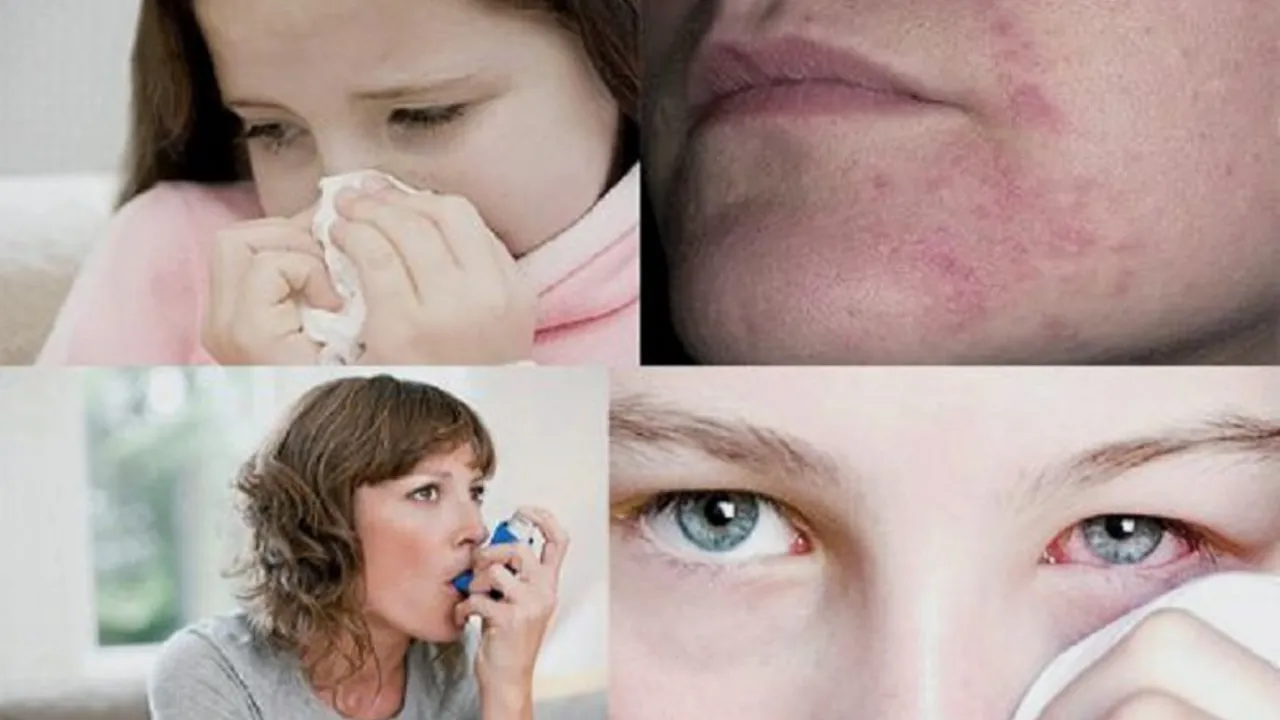Diagnosing Allergies: Tests, Symptoms, and What to Expect
Do you sneeze, itch, or break out after certain foods or around pets? Figuring out whether it’s an allergy matters because it changes what you do next. This page gives straightforward, practical steps so you know which symptoms suggest an allergy, which tests doctors use, and how to prepare for them.
Common signs that point to an allergy
Allergies show up in different ways. Sneezing, a runny or blocked nose, itchy or watery eyes, hives, eczema flares, and stomach upset after eating are all possible signs. If symptoms happen every time you’re near dust, pollen season, a specific food, or a pet, that pattern is a big clue. Sudden swelling of the face, throat tightness, trouble breathing, fainting, or a fast-spreading rash are emergency signs — get urgent care right away.
Common allergy tests and what they tell you
There are three tests you’ll likely hear about: skin prick tests, specific IgE blood tests, and patch tests.
Skin prick test — a tiny drop of allergen goes on your skin, then a small prick lets it into the top layer. If a raised bump appears in 15–20 minutes, that suggests sensitization. It’s fast and cheap, but antihistamines can stop it from working, and it’s done in a clinic.
Specific IgE blood test — this measures allergy antibodies in your blood. It’s useful if you can’t stop antihistamines or if skin testing isn’t safe. Results take a few days. A positive result doesn’t always mean you’ll react clinically; doctors use results together with your history.
Patch test — used for contact dermatitis (like reactions to jewelry, cosmetics, or some topical meds). Patches stay on your back for 48 hours and are checked later for delayed reactions.
For suspected food allergies, an oral food challenge in a clinic is the gold standard. You eat increasing amounts under medical supervision to see if a real reaction occurs. Don’t try this at home.
Allergy testing can show sensitivity, not necessarily a clinical allergy. That’s why your story — when symptoms happen, what triggers them, and how severe they are — is the most important part of diagnosis. Tests back up that story.
How to prepare and what to bring
Stop antihistamines as advised by your clinician (often 3–7 days) so skin tests work. Bring a list of symptoms, trigger timing, meds you’re on, and photos of rashes if you have them. If you’ve had a severe reaction before, tell the clinic — they’ll plan accordingly.
After testing, your provider will explain results and next steps: avoidance tips, medications (like antihistamines or inhalers), allergy shots (immunotherapy) for long-term change, or emergency plans including epinephrine for severe allergy risk. If you’re unsure what test fits your situation, ask for an allergist referral. That’s often the fastest route to clear answers.
Lincomycin Allergies: Symptoms, Diagnosis, and Treatment
Hey guys, in this post, we're diving deep into the world of Lincomycin allergies. We'll delve into recognising the symptoms, approaches for accurate diagnosis, and potential treatment options. If you or a close one are using Lincomycin and fear a possible allergic reaction, this article is for you! Brush up your knowledge and stay one step ahead. Remember, health is wealth!
More
